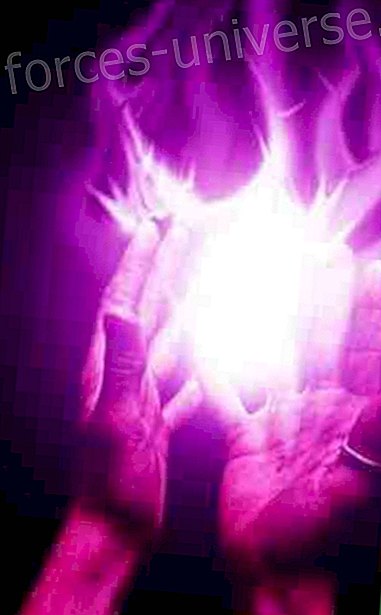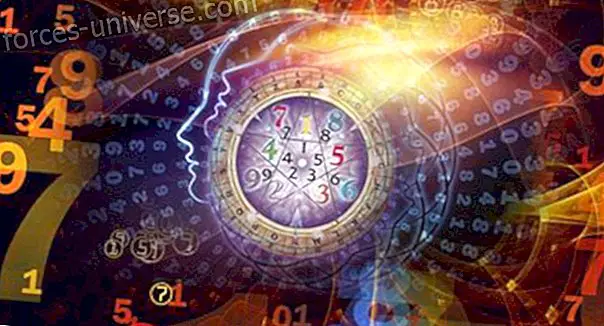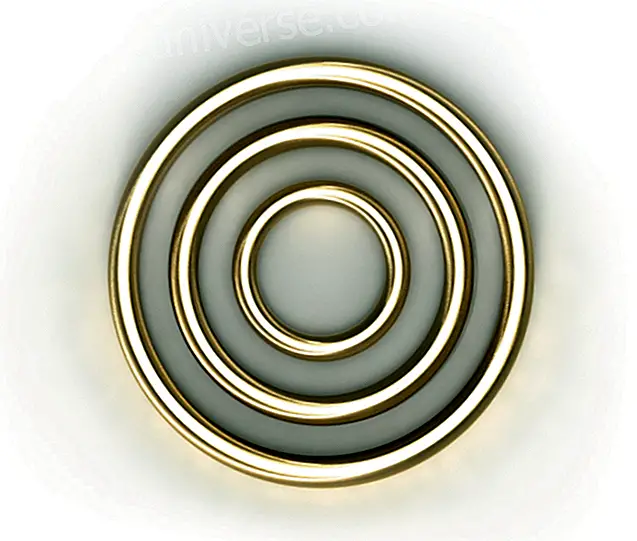
Time is an emerging phenomenon as an effect of Quantum entanglement as demonstrated by the first experimental results.
When the new ideas of quantum mechanics began to expand in the trends of science during the first half of the 20th century, they began to apply to the principles of gravity and the general theory of relativity.
It immediately became clear that the two previous approaches were completely incompatible with each other, so each time an approach to the principles was attempted, the resulting equations yielded infinite reduction data, something hitherto absurd, making it impossible for The results will make sense.
All of the above until the mid-1960s, physicist Bryce DeWitt, managed to combine the hitherto incompatible ideas into key results, which would have been known as the DeWitt Equation, which would allow us to understand and allow the annoying problems of infinities as a basis in subsequent formulations. A huge breakthrough.
But despite solving a problem, he began to introduce a more complex one. The new problem was that time was no longer relevant in the new equation, to the extent that it was claimed that nothing ever happens in the universe, a prediction that is clearly contrary to the evidence observations. Another great absurdity.
This puzzle, which physicists call 'the problem of time', has proven to be the thorn of modern physicists, who tried to ignore it, but with little success.
All this until in 1983 the theoretical novel physicists Don Page and William Wooters, brought the solution based on the phenomenon of quantum entanglement, understood as the exotic property in which two quantum particles share the same existence even despite being physically separated. (one)
Interlacing is a deep and powerful link between the particles, and Page and Wooters showed how it could be used to measure time, to the extent that the evolution of two intertwined particles would serve as a kind of clock that could be used to measure time. (2)
But the results depend on the viewer's point of view, that is, on how the observation is performed. One way to do this is to compare the change between the intertwined particles with an external clock that is entirely dependent on the universe. This would be equivalent to measuring the time from an observer that it was as if God measured from outside the evolution of the particles using an external clock.
In this case, Page and Wooters showed that the particles would appear completely discharged, in which case time would not exist in that scenario.
But there is another way to do it that shows a completely different result. In this case he would be an observer who, from within the universe, would compare the evolution of the particles with the rest of the universe. In this case, the internal observer would see a change and this difference in the evolution of the intertwined particles compared to everything else, constitutes an important measure of time.
This is an elegant and powerful idea. It suggests that time is an emerging phenomenon that occurs due to the nature of entanglement. And it exists only for observers within the universe. Any observer as a god would see a static and invariable universe from the outside, just as the Wheeler-DeWitt equations predict.
Of course, without experimental verification, Page and Wooter's ideas would not cease to be mere ideas except for his philosophical curiosity and since it is not possible to place an observer outside the universe, it is highly unlikely to prove the idea.
Until now. Ekaterina Moreva and the National Institute of Metrological Research (INRIM) in Turin, Italy have developed the first experiment that checks the ideas of Page and Wooters. And the experiment has confirmed that time is indeed an emerging phenomenon for internal observers, but nonexistent for external observers.
For this they have simulated the creation of a toy universe consisting of a pair of intertwined photons and an observer who could measure their status in two ways: The internal and the external observer. In the first case, that of the internal observer, the observer measures the polarization of a photon, thus becoming entangled with it. Next, compare this with the polarization of the second photon. The difference is a measure of time.
In the second configuration, the photons again pass through birefringent plates that change their polarizations. However, in this case, the observer only measures the overall properties of both photons compared with respect to an independent external clock.
In this case, the observer cannot detect any difference between the photons without being intertwined with one or the other. Therefore, there is no difference and the system appears static. Therefore, time does not emerge.
You can access the article and the original scientific study at arxiv.org/abs/1310.4691: Time From Quantum Entanglement: An Experimental Illustration.
The implication of the discovery is very important, since the validation of the principle implies understanding that time is relative and moves in different lines, but that as such, it is simply a consequence of quantum entanglement .
Source: medium.com
Notes and Bibliography.
————————-
(1) .- In this sense see FET20120501 Quantum entanglement: A group of scientists manages to change an event for the first time in one of the lines of the past.
(2) .- In this sense see FET20130601. Quantum entanglement: for the first time-several-physical-create-a-quantum-link-between-photons-that-do not exist at the same time /.
New studies show that time is a consequence of Quantum entanglement.






